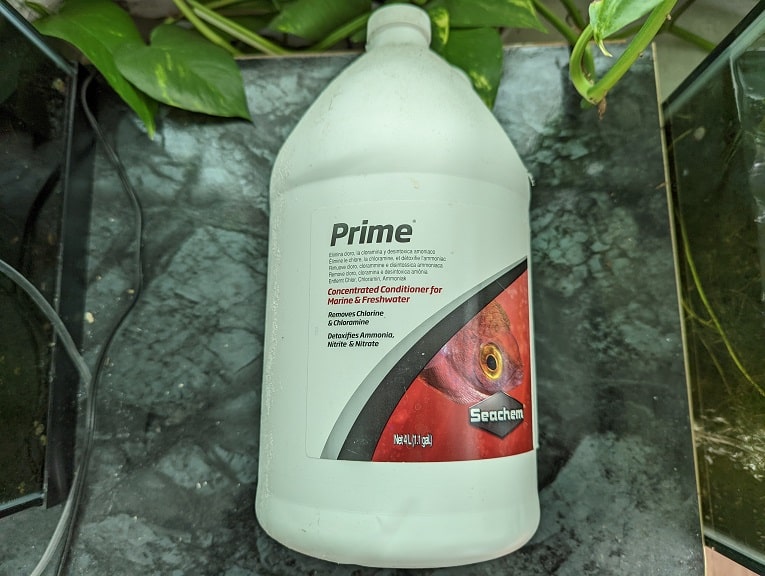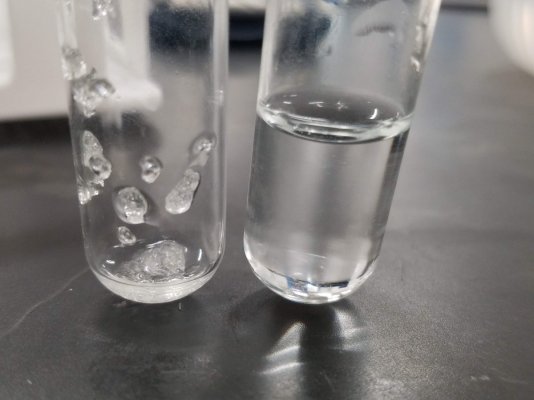Certainty not a good look...
Prime converts ammonia into a safe, non-toxic form that is readily removed by the tank's biofilter. Prime may be used during tank cycling to alleviate ammonia/ nitrite toxicity. Prime detoxifies nitrite and nitrate, allowing the biofilter to more efficiently remove them.
And later...
REMOVER: Seachem Prime immediately and permanently removes chlorine and chloramine, successfully allowing the bio filter to remove ammonia, nitrite, and nitrate while they are detoxified for 48 hours.
It sound to me that seachem is using some subtle language here. It's not claiming to detoxify the ammonia but to detoxify chlorine which allows the biofilter to process the ammonia.
The description on Amazon says...@brandon429
Just FYI, I re-attempted this with API Nitrite kit.
With or without Prime and with or without 1ppm ammonia and ~30ppm NO3, I can't get it to generate a false positive, and with that I'm out of ideas for how a false positive NO2 test is even possible.
It seems hilariously likely that the positive claims around Prime about ammonia, nitrite and nitrate detoxification as well as the criticisms that Prime prevents cycling bacteria may all be based on the simple fact that it breaks a lot of hobby test kits, and makes them show zero incorrectly.
Prime converts ammonia into a safe, non-toxic form that is readily removed by the tank's biofilter. Prime may be used during tank cycling to alleviate ammonia/ nitrite toxicity. Prime detoxifies nitrite and nitrate, allowing the biofilter to more efficiently remove them.
And later...
REMOVER: Seachem Prime immediately and permanently removes chlorine and chloramine, successfully allowing the bio filter to remove ammonia, nitrite, and nitrate while they are detoxified for 48 hours.
It sound to me that seachem is using some subtle language here. It's not claiming to detoxify the ammonia but to detoxify chlorine which allows the biofilter to process the ammonia.
Last edited:
























